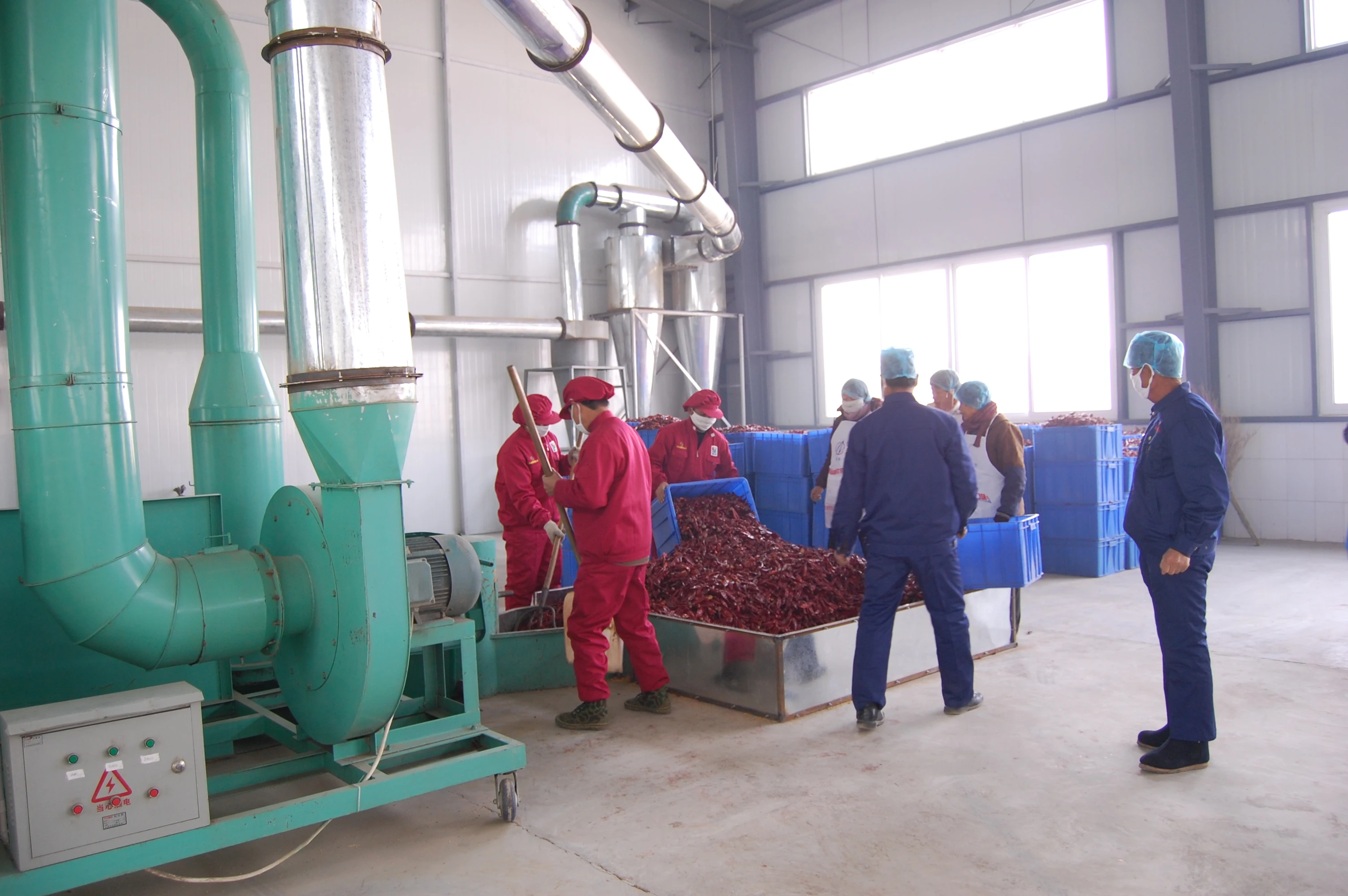Aug . 13, 2024 23:46 Back to list
Exploring the Factors Influencing Paprika Prices and Their Impact on Global Markets and Consumers
The Rising Trends and Factors Affecting Paprika Prices
Paprika, the vibrant red spice derived from ground peppers, has seen a notable shift in its market pricing over recent years. As a key ingredient in various cuisines, including Hungarian and Spanish dishes, paprika plays a significant role in both culinary and economic contexts. Understanding the factors influencing paprika prices can provide insight into broader agricultural trends and consumer habits.
One of the primary factors affecting paprika prices is climate change. The cultivation of paprika is highly sensitive to environmental conditions. Extreme weather events, such as droughts and excessive rainfall, can significantly impact pepper yields, leading to fluctuations in market prices. For instance, in regions known for paprika cultivation, such as Hungary and Spain, varying weather patterns have historically affected harvests. When production decreases due to adverse weather, the scarcity of paprika can drive prices upward. Conversely, favorable growing conditions can lead to bumper crops, resulting in lower prices.
Another crucial factor is global demand. Paprika is not only beloved in traditional cuisines, but it has also found its way into modern gastronomy and processed foods, increasing its popularity among consumers worldwide. The rise of culinary shows and food bloggers emphasizing vibrant, natural ingredients has contributed to a growing consumer base for spices like paprika. This heightened demand can push prices higher, especially when coupled with supply chain constraints. For example, disruptions caused by the COVID-19 pandemic led to increased shipping costs and delays, which further exacerbated price increases.
Trade policies and tariffs also play a significant role in influencing paprika prices. Many countries import paprika to meet local demand or to produce value-added products. Changes in trade agreements, import restrictions, and tariffs can alter the cost of paprika imports, thereby affecting prices on the local market. For instance, if a country imposes high tariffs on imported paprika, local producers may capitalize on this by raising their prices, leading to a ripple effect throughout the supply chain.
paprika price

Moreover, producers’ costs directly influence paprika pricing. The price of fertilizers, labor, and transportation can impact the overall cost of production. If these costs increase, producers may pass them on to consumers through higher prices. Sustainable farming practices, although beneficial for the environment, often come with higher initial costs. As more producers adopt these practices, the price of sustainably grown paprika may rise, attracting a specific segment of consumers willing to pay a premium for ethically sourced products.
Market speculation is another aspect affecting paprika prices. Traders and investors in agricultural commodities often speculate on future prices based on current trends and forecasts, which can lead to price volatility. A sudden surge in speculation due to predicted shortages or increased demand can inflate prices temporarily, creating uncertainty in the market. This speculation can be particularly pronounced in times of geopolitical tension or economic uncertainty, where commodities like paprika become a favored target for speculative investment.
In the wake of these complexities, the paprika market continues to evolve. Producers must adapt to changing environmental conditions, consumer preferences, and economic influences. For consumers, understanding the factors behind paprika prices can lead to more informed purchasing decisions, potentially favoring local producers or sustainably sourced options.
In conclusion, paprika prices are influenced by a myriad of factors, including climate change, global demand, trade policies, production costs, and market speculation. As these dynamics interact, they shape the availability and pricing of this beloved spice. By staying informed about these trends, consumers and producers alike can navigate the paprika market more effectively, ensuring that this vibrant spice remains accessible and appreciated in kitchens around the world.
-
Ghost Chili Pods2: AI-Optimized Heat Solutions
NewsAug.01,2025
-
Sweet Paprika Spice - Natural, Sweet & Smoky Flavor Enhancer
NewsJul.31,2025
-
Ghost Chili Powder: World's Hottest Spice for Bold Dishes
NewsJul.31,2025
-
Premium Chili Powder-600: Mild Heat, Pure Flavor
NewsJul.30,2025
-
Premium Ghost Chili Powder2 - Extreme Heat & Pure Flavor
NewsJul.30,2025
-
Premium Shishito Paprika & Red Pepper Powder for Culinary Use
NewsJul.29,2025

